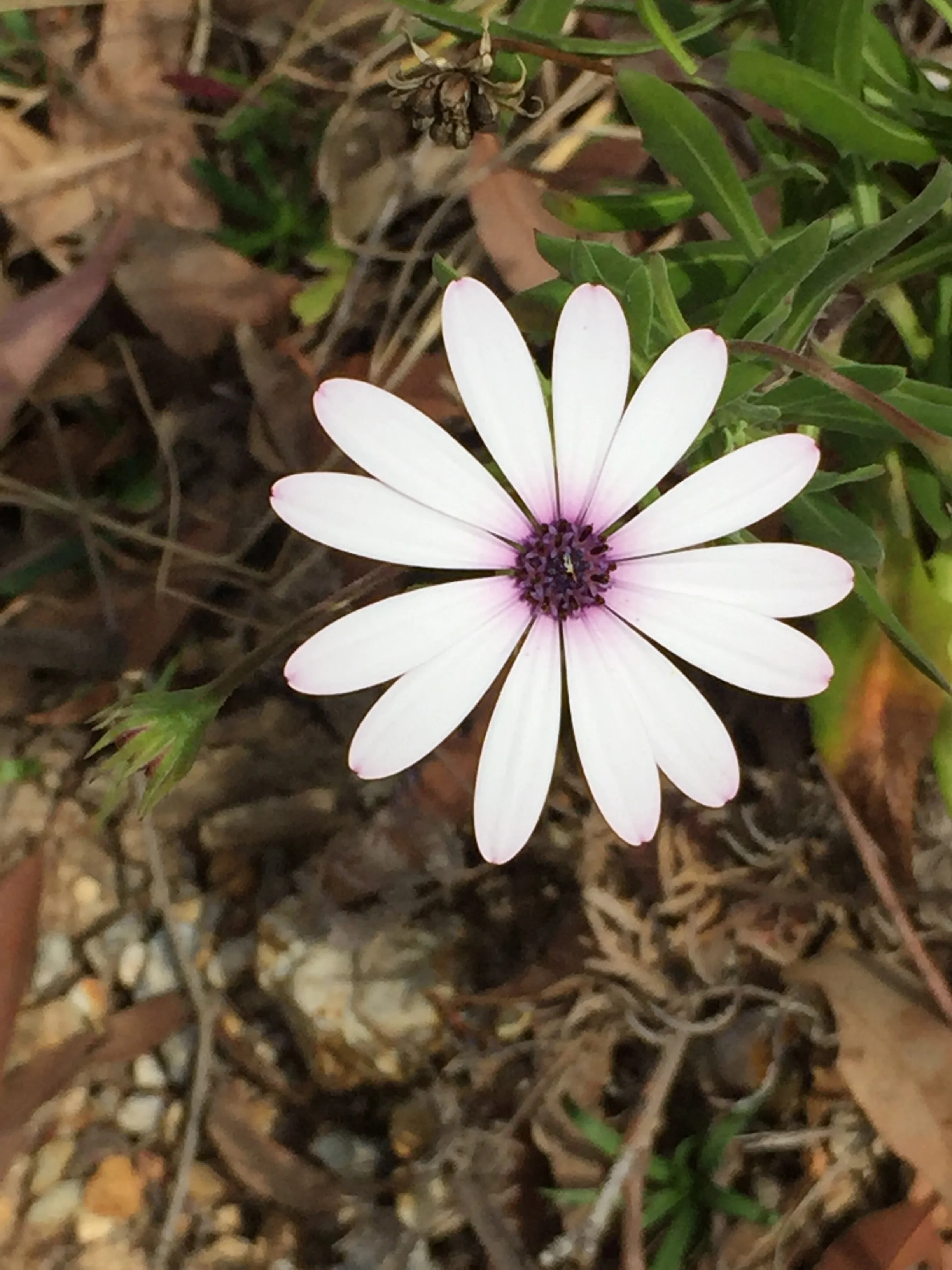Here is a brief note about a trial of a product called, WaterUps, and carried out by Peter Rutherford at Kimbriki Gardens, Sydney.
“• This trial was conducted in the Spring and early Summer of 2018 from Sunday 16th September 2018 to
Sunday 18th November 2018 (9 Weeks = 63 days).
• All three garden beds were fully in the open so they all received any & equal rainfall during the trial period.
Rainfall was not measured during this trial.
• Daily Temperatures were not measured during this trial.
• We topped up the Wicking Bedsʼ Water Tanks each week and measured how many litres of water was needed until the overflow pipe began to run with water.
• The Traditional Garden was watered each morning, 6 days per week, using our automated watering system, of spray irrigation.”
• Graphs compare water saved with Waterups and other approaches to harvesting water
The trial concludes with this analysis:
“This trial is NOT a scientifically controlled trial, but rather a trial of interest to gain a good indication of the water use of Wicking Beds compared to Traditional Garden Beds.
The most interesting aspects of these results are:
• The huge difference in total water usage over the 63 days of the trial, between the Wicking Beds and the traditional garden beds. (We may have overwatered the traditional gardens, with water being applied 6 days per week, but in the intense summer heat, this is what we do as our normal practice.)
Total water use per 400mm x 400mm garden surface area
(size of ONE WaterUps® Cell)
Raised Bed = 42.25 litres per cell
In-ground Bed = 73.83 litres per cell
Traditional Garden Bed = 216 litres per cell equivalent
• The variation in total water usage between the Raised Wicking Bed and the In-Ground Wicking Bed
Total water use per 400mm x 400mm garden surface area
(size of ONE WaterUps® Cell)
Raised Bed = 42.25 litres per cell
In-ground Bed = 73.83 litres per cell
• The Raised Wicking Garden Bed was fully enclosed so absolutely NO Water loss to surrounding soil. The In- Ground Wicking Garden Bed soil was covering the Water Tank area, BUT ALSO touching the surrounding soil, extending out from the wicking area. So, logically it seems very evident that the water from the In-Ground
Wicking Bed Tank, was ʻwickingʼ out to the soil beyond the area directly above the garden water tank.
• The anomaly of why the daily water use is higher in the first 12 days for the raised and in-ground wicking beds. This could perhaps be explained because the new gardens were settling-in and establishing a full water ʻprofileʼ. Then, the water use could be attributed to plant transpiration and natural soil surface evaporation.”


